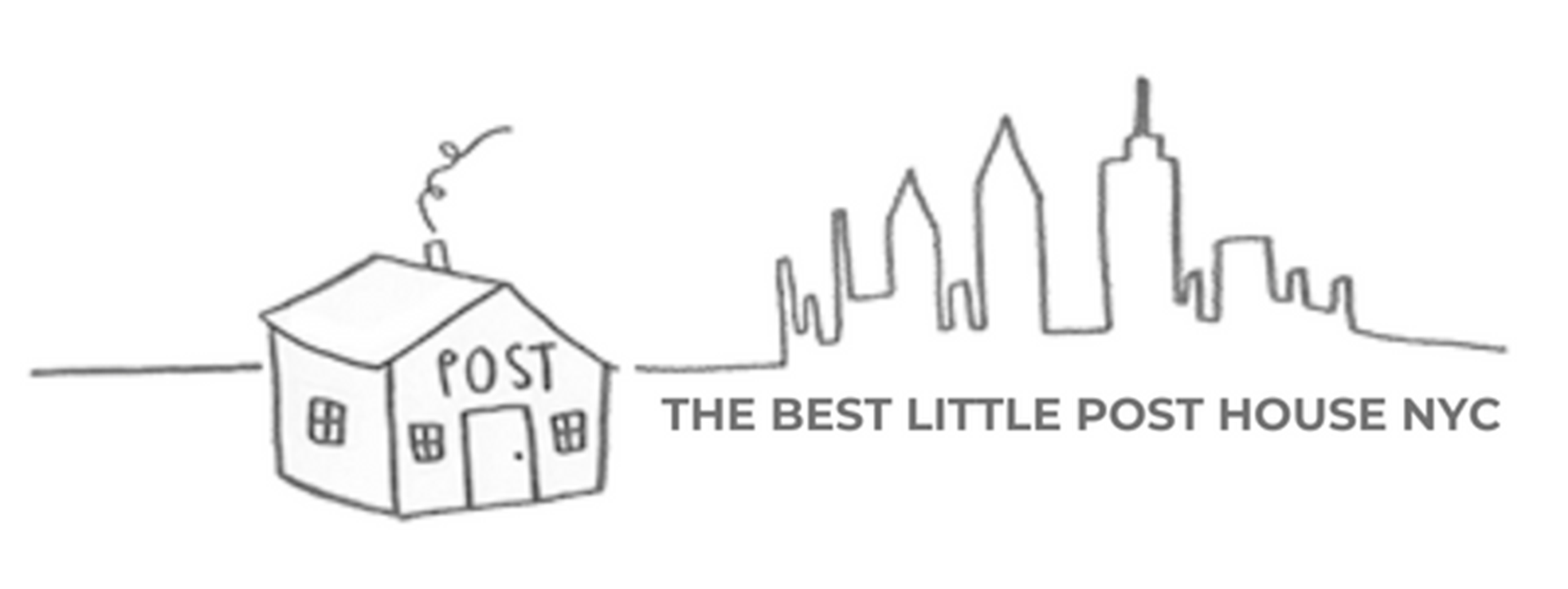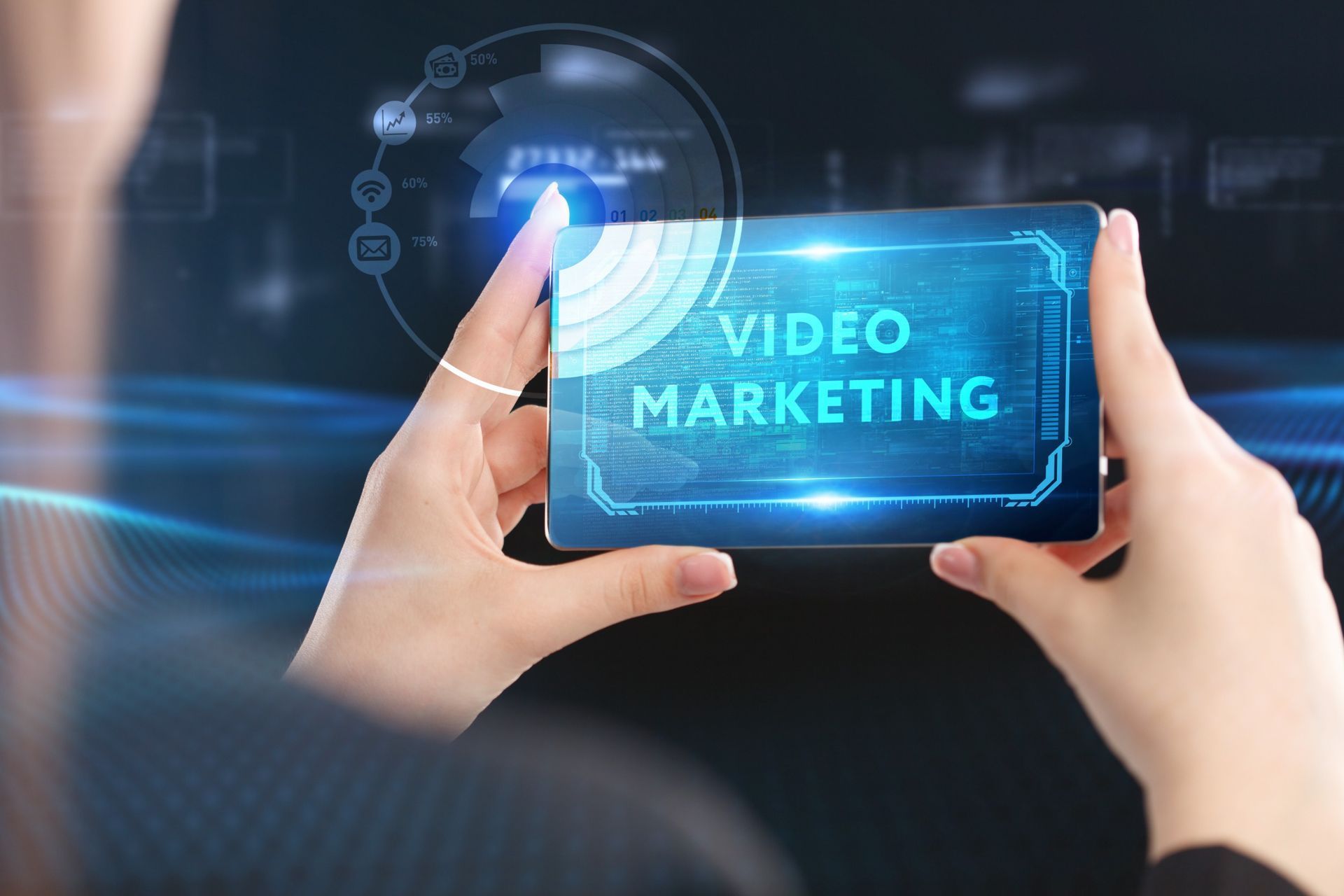7 Big-Name Brand Case Studies on Video Marketing You Need to See
In today's fast-paced digital landscape, video marketing has emerged as an indispensable tool for big-name brands. Leveraging the power of visual storytelling, these brands have successfully broken through the noise, achieved remarkable results, and set new benchmarks in the realm of video marketing.
In this post, we will dive deep into seven intriguing case studies that offer valuable insights into the video marketing strategies of some of the world's leading brands. Buckle up for a tour full of inspiration and learning!
Case Study #1 - Nike's "Dream Crazy" Campaign
In 2018, Nike shook the marketing world with their "Dream Crazy" campaign, a remarkable exemplar of emotive storytelling in video marketing. This campaign was fronted by Colin Kaepernick, the former NFL quarterback known for kneeling during the national anthem to protest racial injustice.
The core message of the campaign, "Believe in something, even if it means sacrificing everything," resonated powerfully with viewers, fostering emotional engagement and sparking widespread conversation. This bold, cause-related marketing strategy garnered a wealth of media attention, achieving over 27.5 million views on YouTube alone.
It demonstrated the power of aligning a brand with a higher purpose and leveraging emotive storytelling to connect with audiences on a deeper, more personal level.
Case Study #2 - McDonald's "Trick Shot Challenge"
Seeking a novel way to connect with younger demographics, McDonald's tapped into the popularity of user-generated content and launched the "Trick Shot Challenge" in 2019. The challenge encouraged customers to film themselves making a trick shot into a McDonald's coffee cup and share it on social media platforms with the hashtag "#TrickShotChallenge".
What made this campaign particularly successful was its ability to foster a sense of community and create a buzz around the brand. The challenge inspired creativity, facilitated user interaction, and generated substantial organic reach, as participants shared their videos with friends and followers. Furthermore, the campaign also capitalized on the popularity of influencers, featuring a video with popular basketball player, Lebron James, attempting his own trick shot.
The "Trick Shot Challenge" quickly went viral, amassing millions of views across platforms and significantly raising brand visibility. The campaign showcased the potential of user-generated content and influencer marketing in video campaigns and underscored the value of interactive, shareable content in creating a viral sensation.
Case Study #3 - Chipotle's "Back to the Start"
In 2011, Chipotle launched a groundbreaking animated short film, "Back to the Start," fundamentally revolutionizing their brand image. The film illustrates the life of a farmer as he transitions his family farm into an industrial animal factory before seeing the errors of his ways and opting for a more sustainable future. The film was set to the Grammy-winning cover of "The Scientist" by Coldplay, performed by Willie Nelson, which further heightened the emotional impact of the narrative.
What set "Back to the Start" apart was its ability to tell a compelling, thought-provoking story without explicitly focusing on the brand itself. Instead, it tackled the broader issue of sustainable farming, aligning the brand with a cause that resonated with the increasingly health-conscious and environmentally aware consumer base.
The film was a massive hit, winning multiple awards including a Grand Prix at the Cannes Lions International Festival of Creativity, and boasting over 9 million views on YouTube alone. "Back to the Start" not only heightened Chipotle's brand visibility but also positioned it as a thought leader in the industry. This case study underscores the power of storytelling and cause-based marketing in forging deep connections with audiences and promoting brand values.
Case Study #4 - Dove's "Real Beauty" Campaign
In 2004, Dove launched their "Real Beauty" campaign, a groundbreaking initiative aiming to challenge traditional beauty stereotypes and promote body positivity and self-confidence among women of all shapes, sizes, and colors. The campaign included a series of short films, advertisements, workshops, and even a book, all centered around the idea that beauty is not one-size-fits-all.
One particularly impactful video, "Dove Real Beauty Sketches," featured a forensic artist who drew women first based on their own descriptions of themselves and then based on descriptions by strangers. The contrast between the sketches highlighted the gap between self-perception and reality, effectively illustrating the campaign's core message that every woman is more beautiful than she thinks.
The "Real Beauty" campaign was a resounding success. It sparked worldwide conversation about beauty standards, earning significant media coverage and engaging audiences on an emotional level. The campaign's videos have been viewed millions of times on YouTube, and Dove's sales reportedly increased by a staggering 60% in the decade following the campaign's launch.
The "Real Beauty" campaign showcased how a powerful, relatable message can foster brand loyalty and impact sales. By focusing on a social issue that resonated deeply with their target demographic, Dove managed to create a meaningful connection with consumers, who rewarded the brand not only with their wallets but also with their trust and loyalty.
Case Study #5 - GoPro's User-Generated Content Strategy
In the world of action cameras, GoPro stands out, not just for its high-quality products, but also for its unique marketing strategy: harnessing the power of user-generated content. The brand encourages users to share their thrilling adventure and travel videos shot on GoPro cameras, offering them a platform on the GoPro website and social media pages. This has resulted in a treasure trove of content that authentically showcases the capabilities of GoPro cameras from the user's perspective.
Perhaps the most successful manifestation of this strategy is the GoPro Awards, launched in 2015. The company incentivized users to submit their best GoPro content for the chance to win cash rewards, thereby creating a win-win: users gained recognition and financial rewards, and GoPro obtained a steady stream of high-quality, authentic content for their marketing channels.
This ingenious strategy of turning customers into brand ambassadors has had a tremendous impact on GoPro's brand image and reach. It has cultivated a strong community of loyal users who are eager to share their experiences and, in turn, inspire others. The resulting content not only demonstrates the product's features in real-world scenarios but also encapsulates the spirit of adventure that is central to the GoPro brand.
GoPro's user-generated content strategy underscores the power of community-building and customer involvement in enhancing brand visibility and loyalty. It's an excellent reminder that sometimes, the most compelling promotion comes not from big-budget advertising campaigns, but from the authentic experiences of satisfied customers.
Case Study #6 - Coca-Cola's "Share a Coke" Campaign
In 2011, Coca-Cola launched a groundbreaking campaign, "Share a Coke," which has since become a classic example of creative user-generated content in marketing. The campaign was simple yet powerful: Coca-Cola replaced the traditional logos on their bottles with popular first names, inviting consumers to "Share a Coke" with their names on it.
To enhance engagement, Coca-Cola encouraged consumers to share images and videos of their personalized Coke bottles on social media using the hashtag "#ShareACoke". This user-generated content campaign turned consumers into brand advocates, fostering a sense of personal connection with the brand.
The results were astounding. Coca-Cola received millions of social media impressions, and the campaign led to a significant increase in Coca-Cola’s sales for the first time in a decade. Additionally, the hashtag "#ShareACoke" was used hundreds of thousands of times, generating substantial organic reach and engagement.
The "Share a Coke" campaign demonstrates the power of personalization and user-generated content in marketing. By incorporating personalization into their product and integrating social media into the campaign, Coca-Cola successfully increased social engagement, improved brand visibility, and achieved remarkable sales results. This case study serves as an excellent reminder of the potential of innovative and interactive campaigns in driving customer engagement and sales growth.
Case Study #7 - Airbnb's "Live There" Campaign
In 2016, Airbnb launched the "Live There" campaign, an innovative approach to video marketing that focused on showcasing the real experiences of travelers instead of the conventional marketing strategy of featuring amenities and accommodations. The campaign aimed at promoting the idea of living like a local in the cities visited, rather than being a typical tourist. The core concept was encapsulated in the tagline, "Don’t go there. Live there."
The videos featured in this campaign were genuine stories of hosts and travelers, captured in diverse destinations around the world. The narrative was crafted to resonate with the emotional aspect of traveling, focusing on unique experiences, cultural immersion, and the warmth of local communities.
Airbnb's "Live There" campaign was a massive success, harnessing the power of storytelling to connect with audiences on an emotional level. It brought the brand closer to its audience by promoting an authentic travel experience rather than just a product or service. The campaign videos, shared widely across social media platforms, garnered millions of views, significantly enhancing Airbnb's brand visibility and reinforcing its positioning as a platform for unique and personalized travel experiences.
This case study epitomizes how a brand can leverage user experiences and emotive storytelling in video marketing to forge a deeper connection with its audience, enhance brand loyalty, and stand out in a competitive market.
About The Best Little Post House NYC LLC
The Best Little Post House NYC LLC is a premier video production and digital marketing agency in New York City. We specialize in creating high-quality videos for businesses of all sizes that aim to drive results and increase brand engagement. Our team of experienced videographers, editors, and marketers has the expertise and creativity to bring your ideas to life. With our help, you can reach a wider audience, improve customer engagement and ultimately boost your business. Contact us today to learn more about how we can help you take your brand to the next level!
Phone: 646-489-9631 | Address: Clifton, New Jersey 07013
Business Hours: Monday to Friday: 9AM-7PM | Saturday and Sunday: Closed





